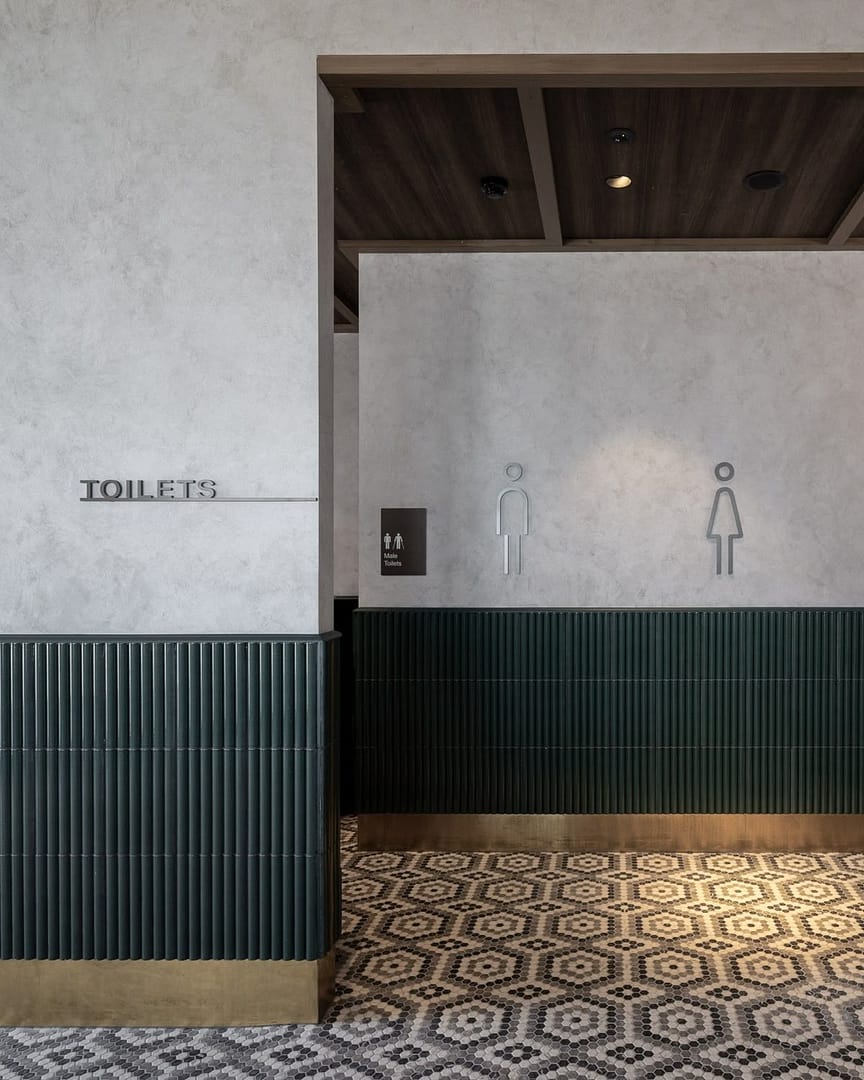
- Bathroom
Vancouver Bathroom Insurance Claims: What You Need to Know
- By matin@quayconstruction.ca
Table of Contents
Accidents happen, and when they do, your bathroom may bear the brunt of the damage. From water leaks to mold infestations, the cost of repairs can be daunting. That’s where bathroom renovation insurance claims come in. If you live in Vancouver and are dealing with bathroom damage, understanding the claims process can help you get the compensation you deserve and restore your space efficiently. Here’s a step-by-step guide to navigating bathroom renovation insurance claims, along with the benefits of hiring an independent contractor for the job.
Step 1: Assess the Damage
The first step is to assess the extent of the damage. Take a close look at your bathroom to identify the issues. Common types of damage include:
Leaking pipes or burst water lines
Mold growth due to moisture buildup
Structural damage from prolonged water exposure
Cracked tiles or damaged flooring
Before you begin the claims process, thoroughly document the damage:
- Take clear photos and videos of all affected areas
- Record the date and time you discovered the damage
- Keep samples of damaged materials if possible
- Make a detailed list of affected items and fixtures
This visual evidence will support your claim and help your insurance provider understand the scope of the problem.
Step 2: Review Your Insurance Policy
Next, review your homeowner’s insurance policy. Look for clauses that cover bathroom damage, specifically those related to water damage, mold remediation, or structural repairs. It’s important to understand the coverage limits and any exclusions that may apply. If you’re unsure, contact your insurance agent for clarification.
Step 3: Notify Your Insurance Provider
Once you’ve assessed the damage and reviewed your policy, notify your insurance provider as soon as possible. Many policies have strict deadlines for filing claims, so don’t delay. When you contact them, provide:
Your policy number
Details of the damage
Photos and videos as evidence
An estimate of repair costs (if available)
The insurance company may send an adjuster to inspect the damage in person.
Step 4: Prevent Further Damage
Your insurance policy requires you to take reasonable steps to prevent additional damage. This might include:
- Shutting off the water supply
- Removing standing water
- Using fans to dry the area
- Covering exposed areas if necessary
Step 5: Obtain Repair Estimates
While waiting for the adjuster, start gathering repair estimates from licensed contractors. This will give you a clearer idea of the potential costs and provide additional documentation for your claim. Be sure to choose contractors with experience in bathroom renovations and insurance claims to ensure accurate estimates.
Step 6: Work with the Insurance Adjuster
The adjuster will evaluate the damage and determine the compensation you’re entitled to. Be present during the inspection to point out all areas of concern. Share the repair estimates you’ve obtained and ask any questions you have about the claim process.
Step 7: Hire an Independent Contractor
After your claim is approved, it’s time to start repairs. This is where working with an independent contractor can make a significant difference. Independent contractors offer several benefits, including:
Customized Solutions: Independent contractors can tailor the renovation to your specific needs, ensuring your bathroom is restored to its original (or better) condition.
Expertise in Insurance Claims: Many independent contractors are experienced in working with insurance claims and can help navigate any remaining paperwork or approval processes.
High-Quality Workmanship: Independent contractors often prioritize quality and attention to detail, ensuring the repairs are durable and aesthetically pleasing.
Flexibility and Communication: You’ll have direct communication with the contractor, allowing for a more personalized and responsive experience.
Step 8: The Renovation Process
Once your claim is approved, the renovation process typically follows these steps:
- Initial Assessment Your contractor will conduct a detailed inspection and create a comprehensive repair plan aligned with your insurance coverage.
- Material Selection You’ll have the opportunity to select replacement materials that match your existing bathroom fixtures or upgrade them (though you may need to pay the difference for upgrades).
- Demolition and Repair The contractor will remove damaged materials, address any underlying issues, and begin the renovation process according to the approved plan.
- Quality Inspection Upon completion, your contractor will perform a final inspection to ensure all repairs meet building codes and your satisfaction.
Step 9: Final Inspection and Claim Closure
Once the repairs are completed, conduct a final inspection to ensure everything meets your expectations. Take photos of the restored bathroom and keep all receipts and documentation. Submit these to your insurance provider to close out the claim.
Conclusion
Dealing with bathroom damage can be stressful, but understanding the process of bathroom renovation insurance claims can make it more manageable. By following these steps and partnering with an experienced independent contractor, you can restore your bathroom efficiently and with minimal hassle. If you’re in Vancouver and need professional assistance, don’t hesitate to reach out to a trusted contractor who can guide you through the process and deliver high-quality results.
Related Posts





